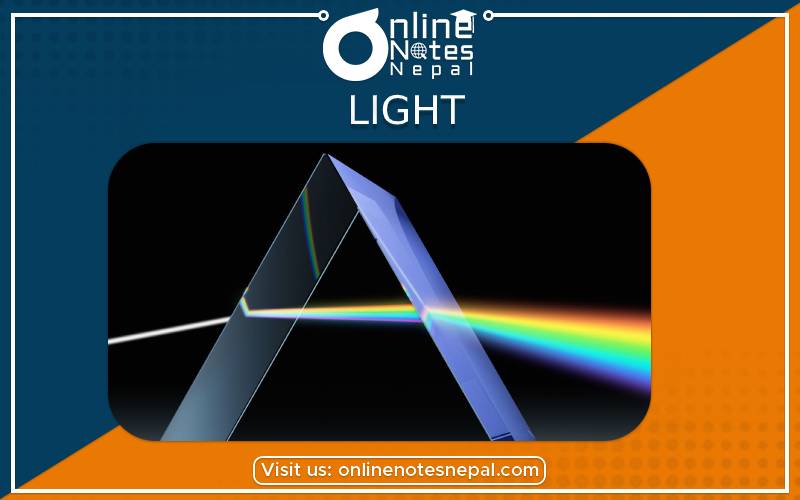Published by: Nuru
Published date: 13 Jan 2022

The bending of light when it travels from one medium to another is called refraction of light.
First law:
The incident rays, refracted rays and the normal at the point of incident on the refracting surface lie on the same plane.
Second law:
The ratio of the sine of the angle of the incidence to the sine angle of the refraction is constant for any two medium.
sin i /sin r=µ which is the refractive index of second medium with respect to the first medium.
When the ray of light passes through rarer medium to denser medium, the refracted bends towards the normal and when it travels from denser to rare medium it bends away from the normal.
Causes of refraction of light are:
The speed of light in air, water, and glass is 3×108 m/s, 2.2 ×108 m/s and 2×108 m/s respectively. The change in speed of light when it passes from one medium to another is the cause of the refraction of light. The medium, through which the light passes is called optical medium. The optical medium, in which the velocity of light is more, is called rarer medium. The medium in which the velocity of light is comparatively less is called denser medium.
Some examples of refraction of light are:
1. Image of coin in water:
In the given figure, a coin ‘o’ is placed at the bottom of a beaker containing water. Two rays OA and OD from O are refracted along OA and OD from O are refracted along AB and DE respectively. These divergent rays appear to come from ‘I’ which is the virtual image of ‘O’. Clearly, the image ‘I’ is at a less depth than ‘O’. Thus, the coin at ‘O’ appears to rise at ‘I’ when the coin is kept in water. The Same phenomenon explains why a swimming pool appears shallower than it really is.
2. Twinkling of stars:
The light from the stars passes through the atmosphere before it reaches an observer on the earth. Stars twinkles due to change in density whichis in a small range, the image of the star appears to move within a small area in the space and this gives to twinkling effect. Stars do not appear twinkling if they are viewed from above the earth’s atmosphere. Twinkling effect is observed if the stars are viewed from earth’s.
Total internal reflection (TIR):
When the ray of light passes from denser medium with the angle of incidence greater than critical angle, it is reflected back to the original denser medium, is known as total internal reflection.
Conditions for total internal reflection are:
Light pipes:
light pipe is bent tube in which light travels in a curved path. It is based on the principle of total internal reflection. It is made up of transparent material like glass or plastic. When light enters in such tube successive total internal reflection occurs at different points and finally comes out other end of tube.
Mirage:
Mirage is an optical illusion due to the total internal reflection. On a hot day, when the ray of light passes tree to the upper layers which are cooler and denser than lower than below and the ray of light passes through denser to rarer medium gets refracted away from the normal and at every refraction angle of incident increases ultimately as stage comes when the angle of incidence becomes greater than critical angle and total internal reflection is said to have been occurred. Due to this, a person sees the inverted image of the tree as if it is reflected from the pool water. This illusion is called mirage.
Dispersion of light:
The phenomenon of splitting of light into its components color is called dispersion of light. When the ray of light passes through the denser medium such as water or glass, the speed of the light decreases and different color of light moves with the different speed This is the cause of dispersion of light.
Electromagnetic waves are those waves which do not need material medium for propagation and can travel even through vacuum.
Properties of electromagnetic waves are:
Difference between ultraviolet rays and x-rays are:
| Ultraviolet rays | X-ray |
| Its average wavelength and frequency are 10-8 and 1015 Hz respectively. | Its average wavelength and frequency are 10-10 and 1018 Hz respectively. |
| It is obtained from sun, tube light etc. | It is obtained by x-ray machine. |
Difference between ultraviolet rays and infrared rays are:
| Ultraviolet rays | Infrared rays |
| The frequency is high. | The frequency is low. |
| They have more energy. | They have less energy. |
| They are harmful. | They are not harmful. |